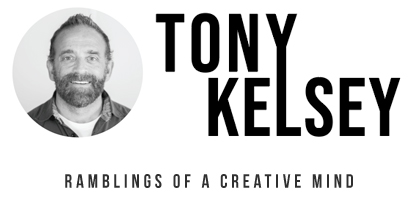Once you have your Google Adwords campaign up and running, it’s really easy to get excited when you start to see your click-through-rate on the rise. It reaffirms your ad is worded well and has proven to be good bait for traffic. Plus, a high click-through-rate will always translate to a low cost-per-click as Google serves a well-performing ad more frequently.
But, is the click-through-rate really the thing you should be focused on?
Let’s take a look at a couple of example ads and the data behind them. But first, and to make this example work, we need to set the stage:
We sell green tennis shoes and nothing else.
Now, the ads:
AD #1
Green Tennis Shoe Sale
Cool green tennis shoes!
Now on sale for just $50
www.crazycheaptennishoes.com
AD #2
We sell Tennis Shoes
We have awesome tennis shoes!
Great prices!
www.crazycheaptennisshoes.com
As you can imagine, Ad #2 with it’s overall ambiguity will have a much higher click-through-rate and, subsequently, a much lower cost-per-click.
Ad #1, on the other hand, will do a great job eliminating clicks from people who may not actually be looking for green tennis shoes and don’t want to pay $50. Of course we’d also find that Ad #1, while having less clicks, had a much higher cost-per-click. That means the ad was more expensive to run.
Statistically, Ad #2 is the winner. It was cheaper to run and brought a ton of people to the website. Your executive management will be thrilled!
But, how do conversion rates figure into it?
Let’s look at the numbers in detail:
AD #1
Clicks: 4,763
Impressions: 33,026
CTR: 14.42%
Conversions: 37
Average CPC: $0.14
Conversion Rate: 0.78%
Cost per Conv: $1.62
Ad #2
Clicks: 25,468
Impressions: 72,398
CTR: 35.18%
Conversions: 28
Average CPC: $0.03
Conversion Rate: 0.11%
Cost per Conv: $3.39
The data clearly shows that Ad #1, while generating fewer clicks, had a higher conversion rate and an overall lower cost-per-conversion.
That isn’t to say that Ad #1 is ultimately the better choice. After all, we can clearly see driving a lot of traffic for the least amount of money would be best accomplished with a more generic ad, like #2 above.
Conversion Rate vs Click-Through Rate
The choice will be yours based on your goals and online marketing budget. The main point I want to get across is, there are a variety of factors and outcomes that should be taken into consideration when starting an Adwords campaign. Make sure you’ve thought them through so you don’t have any surprises in the end that turn out to be disappointing or financially frustrating.
Happy hunting!



 Anyone with a blog or website can sign up to be part of the Display Network and Google pays them to run ads, both text and graphic, on their website. You can actually choose to have your text ads included with those served in the Adsense program.
Anyone with a blog or website can sign up to be part of the Display Network and Google pays them to run ads, both text and graphic, on their website. You can actually choose to have your text ads included with those served in the Adsense program.